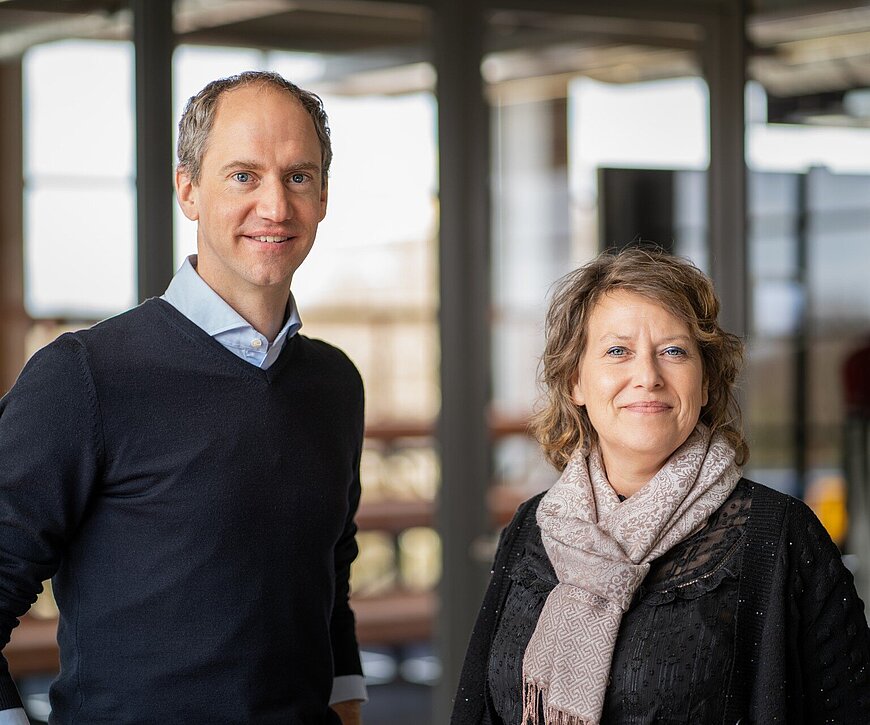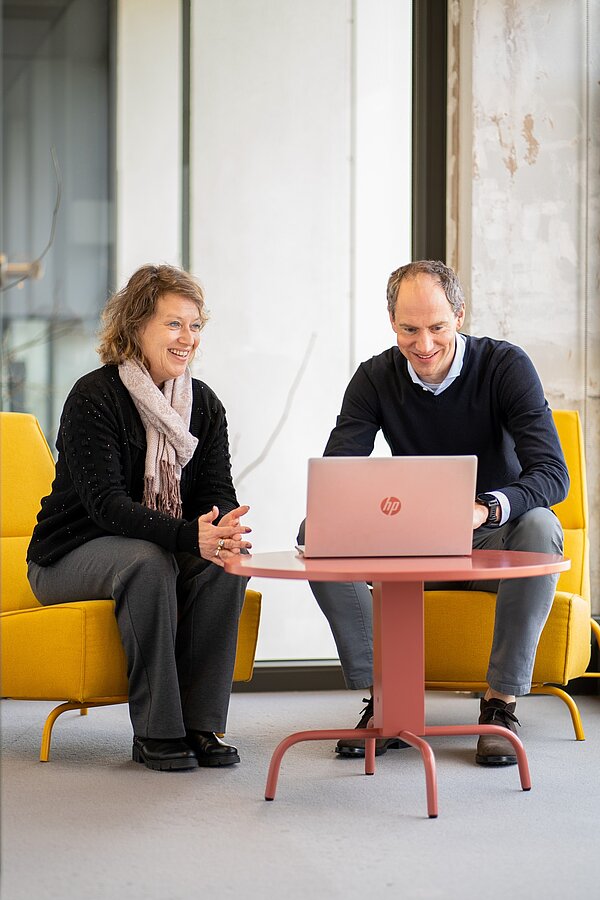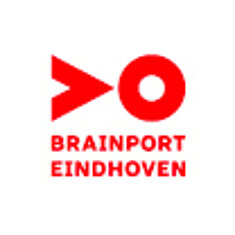Entrepreneurs and municipalities join forces for smart energy sharing

A business park where entrepreneurs not only share collective facilities, but also their energy? That is exactly what the Coalition of the Willing Energy Hubs aims to achieve. This collaborative initiative brings together local councils to accelerate the energy transition on business parks. There are challenges—such as optimising grid capacity, developing appropriate regulations, and encouraging active engagement among business owners. Yet these very issues present opportunities to create innovative solutions and drive the transition forward. Joost van Montfort, Energy Hub Coordinator at Brainport Development, and Annie Kruijzen, Sustainability Project Leader for the municipality of Nuenen, share insights into this promising collaboration.
“Sustainability cuts across all layers of society,” says Kruijzen enthusiastically. “It affects not just housing and business parks, but also our economic development. Within the municipality of Nuenen, we explored how we could support entrepreneurs in sharing energy. Brainport Development became an essential partner in this process, acting as the coordinator of the Coalition of the Willing and as an innovation catalyst for the region.”
The Power of Collaboration
Van Montfort has been working at Brainport Development since September. He explains how his role as Energy Hub Coordinator contributes to making business parks more sustainable. “My job is to initiate and facilitate energy collaborations on business parks. We identify which companies are suitable for energy exchange partnerships. We approach this systematically—using data analysis and engaging in direct conversations with businesses.”
That structured approach is crucial. “We started by identifying the largest energy consumers on the business park,” Van Montfort explains. “There are data sources available that municipalities can consult. We then requested what’s known as a ‘grid topology’ from grid operator Enexis—a map showing which companies are already connected to each other via the electricity grid. This is vital information, as energy sharing is easiest when there’s already a physical cable connection between businesses.” Based on this data, a group of companies was selected that can realistically share energy with one another. “We’re now working on the feasibility study,” adds Kruijzen. “With the companies’ consent, we’re requesting their actual energy consumption data so we can compare their energy profiles and identify opportunities.”

Why Share Energy?
Energy exchange on business parks offers numerous benefits. First, it helps companies continue to grow despite grid congestion, by aligning their energy use more efficiently with available capacity. “The idea is that businesses with high energy demand at different times of the day can benefit from each other’s surplus,” Van Montfort explains. “This can be facilitated, for instance, with the help of batteries: a company with high demand in the morning can benefit from solar energy stored earlier in the day by another company.” A common example is a bus depot charging its fleet overnight using surplus energy from a manufacturing company that has unused capacity during the night.
Additionally, energy sharing provides a solution to the increasingly pressing issue of grid congestion. “Feeding electricity back into the grid is becoming less financially attractive, while the congestion is getting worse,” says Van Montfort. “By exchanging energy locally, companies reduce their dependency on the overburdened electricity grid and make more efficient use of energy, especially locally generated power.” Kruijzen adds, “It also contributes to the sustainability of business parks. Many companies want to invest in solar panels and other sustainable measures, but face practical obstacles. This project helps them overcome those barriers.”
The Challenges of Energy Sharing
Despite the benefits, there are still plenty of challenges. “Some entrepreneurs want to cover their roofs with solar panels, but can’t feed the generated energy back into the grid,” says Kruijzen. “That’s frustrating, because they want to become more sustainable but are running into limitations with regulations and grid capacity.” Van Montfort recognises the issue. “Current regulations are not yet fully designed to support these types of collaborations,” he says. “Even though the willingness among business owners is strong, grid operators can be cautious. This is partly because the contract models for group transport—where multiple companies share their grid capacity—are still under development.”
Raising awareness is also an important factor. “Many companies don’t realise they can optimise their energy usage without making major investments,” Van Montfort explains. “A company like Thermo Fisher now starts up its cleanrooms in phases instead of all at once. That significantly reduces peak demand.”
‘This is an opportunity to make a real impact with the energy transition, and we are not going to miss that opportunity.’
From Pilot to Scalable Model
The collaboration in Nuenen is a pilot project, but the ultimate ambition reaches much further. “We’re hoping for a snowball effect,” says Van Montfort. “We’re starting with one cluster of companies, but there are several other clusters on the business park that could benefit. If this proves successful, we can roll out the model to other municipalities and business parks.”
At present, eleven municipalities are involved in the Coalition of the Willing Energy Hubs. “Some are participating solely for knowledge sharing, while others—like Nuenen—are already taking concrete steps,” Kruijzen explains. “We have an alderman who prioritises sustainability, which really helps.” Businesses are also increasingly recognising the benefits. “We now have several companies committed to the feasibility study,” says Kruijzen. “Some are still hesitant, but we hope they’ll join later. The ideal scenario would be that entrepreneurs start introducing new companies to the initiative themselves.”
From Energy Sharing to Broader Collaboration
Beyond energy exchange, Kruijzen sees even more opportunities for collaboration on business parks. “Sustainability goes beyond energy. Think of greening the area, climate adaptation, and improved water drainage. If entrepreneurs see that collaboration on energy pays off, we can start addressing other themes as well.” Van Montfort agrees. “This project shows how crucial collaboration is. We’re learning from each other and improving the process. That makes it not only more efficient but also scalable to other municipalities.”
The Next Step
With the first companies now committed to the feasibility study, the project in Nuenen is truly gaining momentum. “The ideal scenario? That the energy hub is up and running, with entrepreneurs independently sharing energy—and that we, as the municipality and Brainport Development, can take a step back,” says Kruijzen. “That’s real sustainability.” In the long run, the Coalition of the Willing Energy Hubs aims to become the standard approach for business parks across the Netherlands. “We want companies and municipalities to take the lead themselves,” Van Montfort adds. “And to be able to learn from the experiences we’re gaining here in the region.”
For now, the focus is on refining the approach and attracting new participants. “We still have a long way to go,” Kruijzen concludes. “But we’re on the right path. This is a real chance to make an impact on the energy transition—and we’re not going to miss it.”
Read more about energy hubs